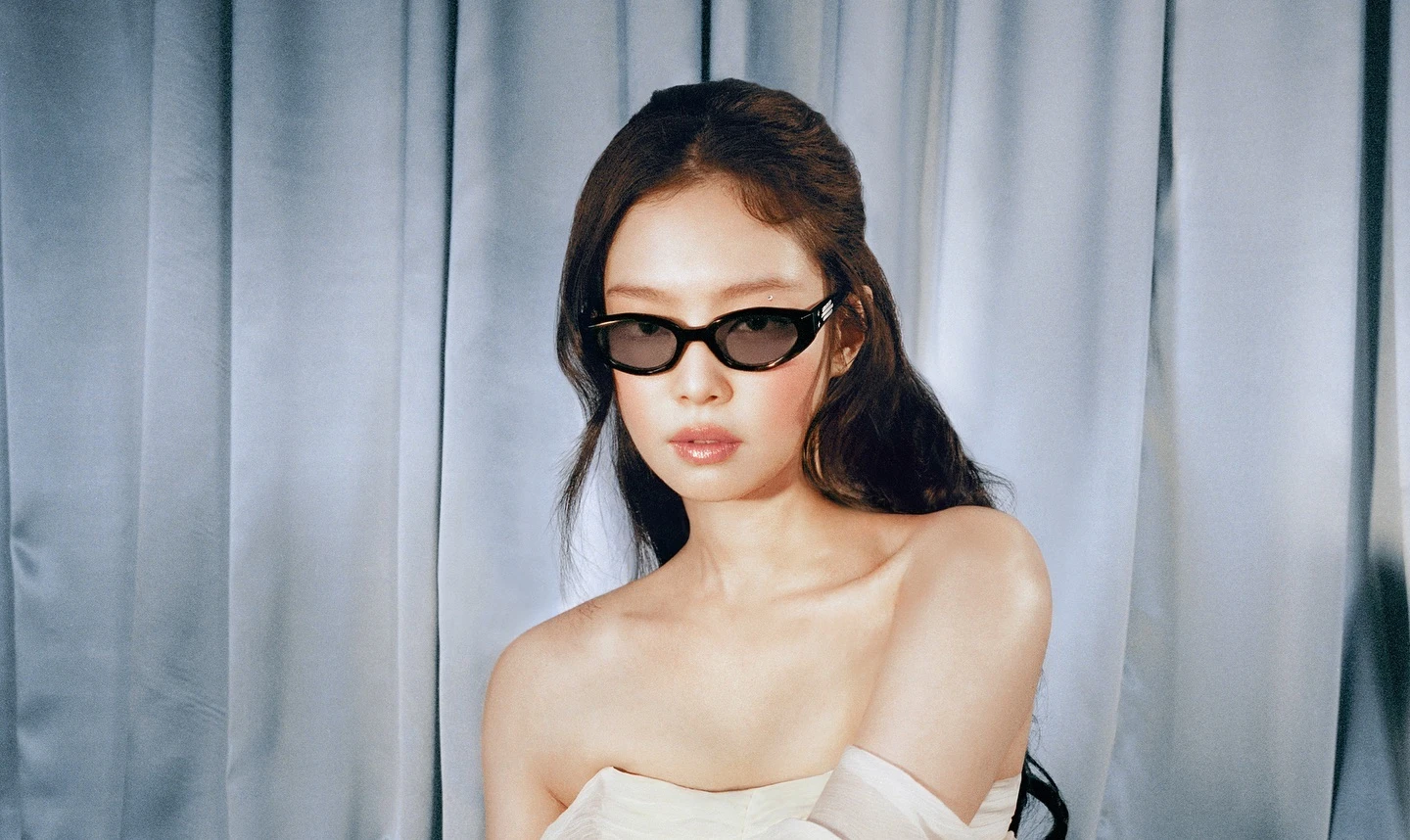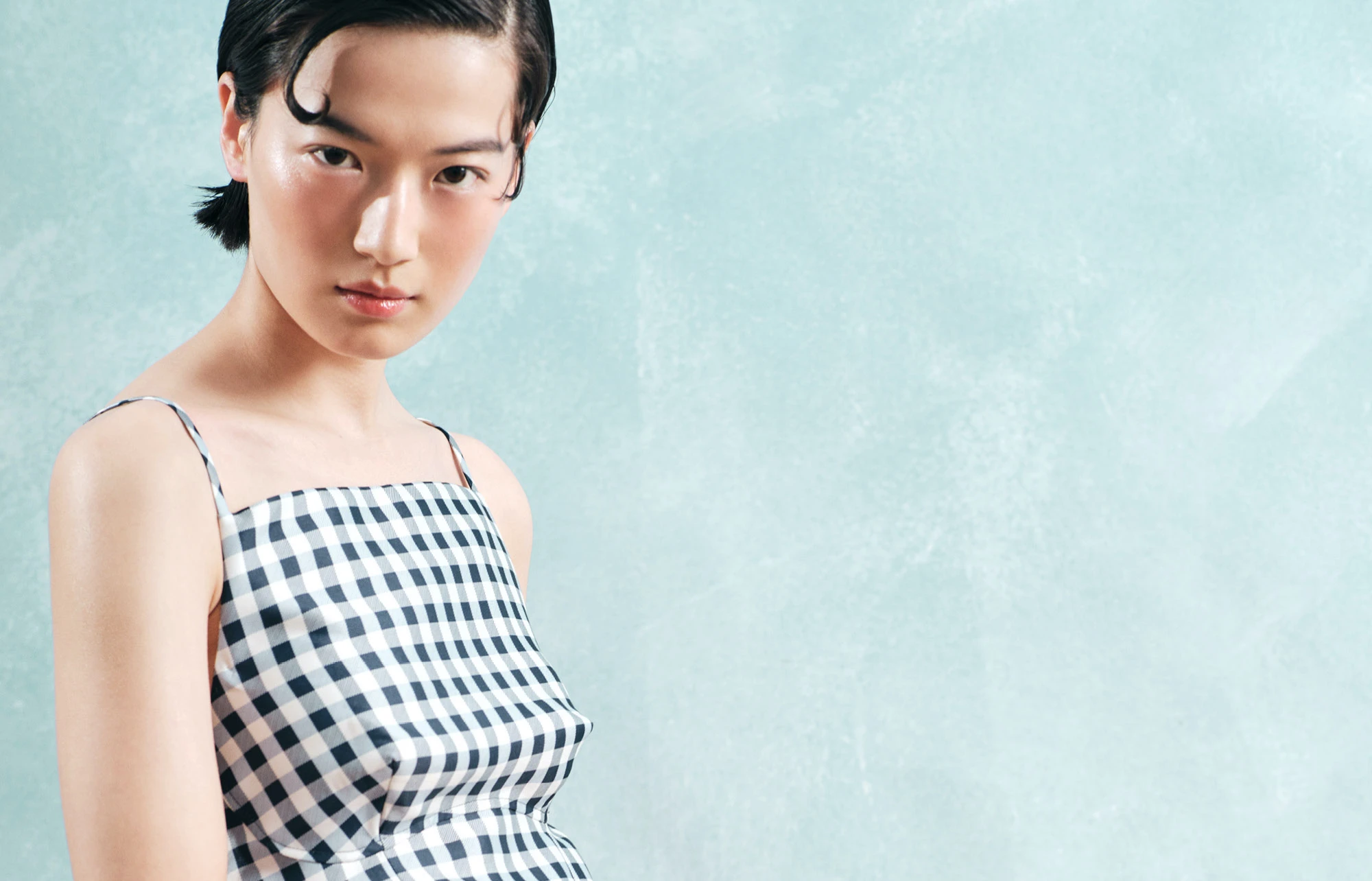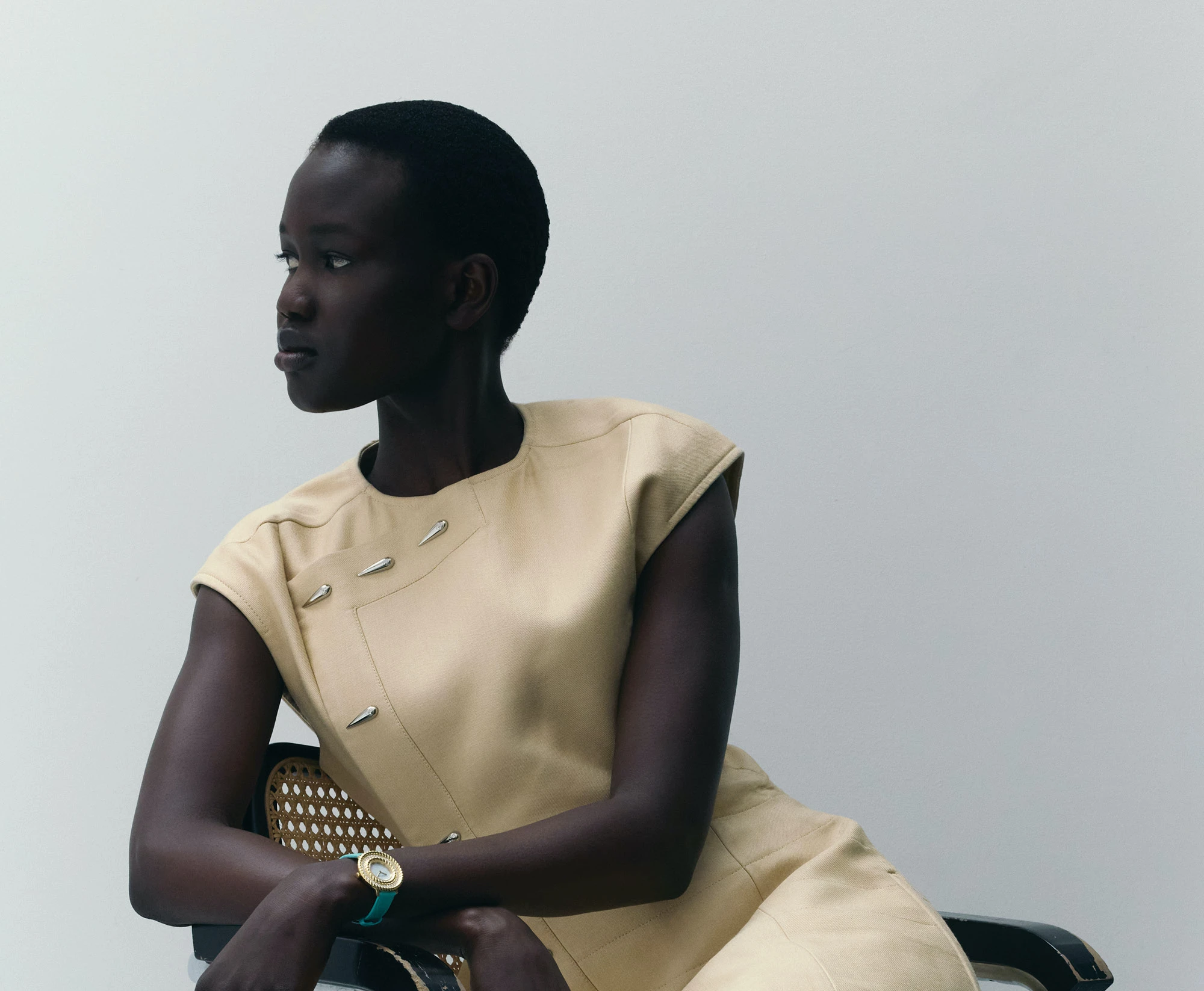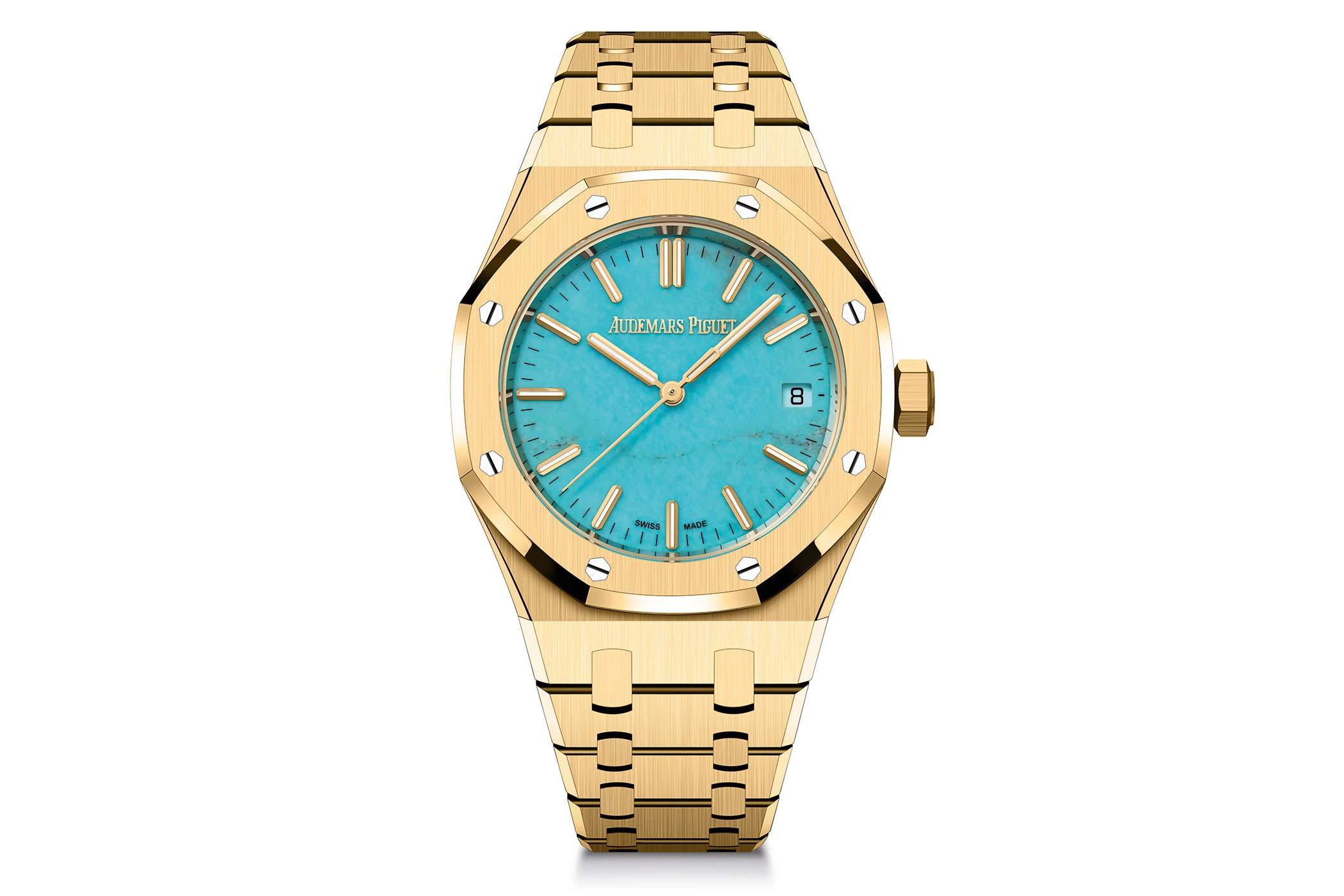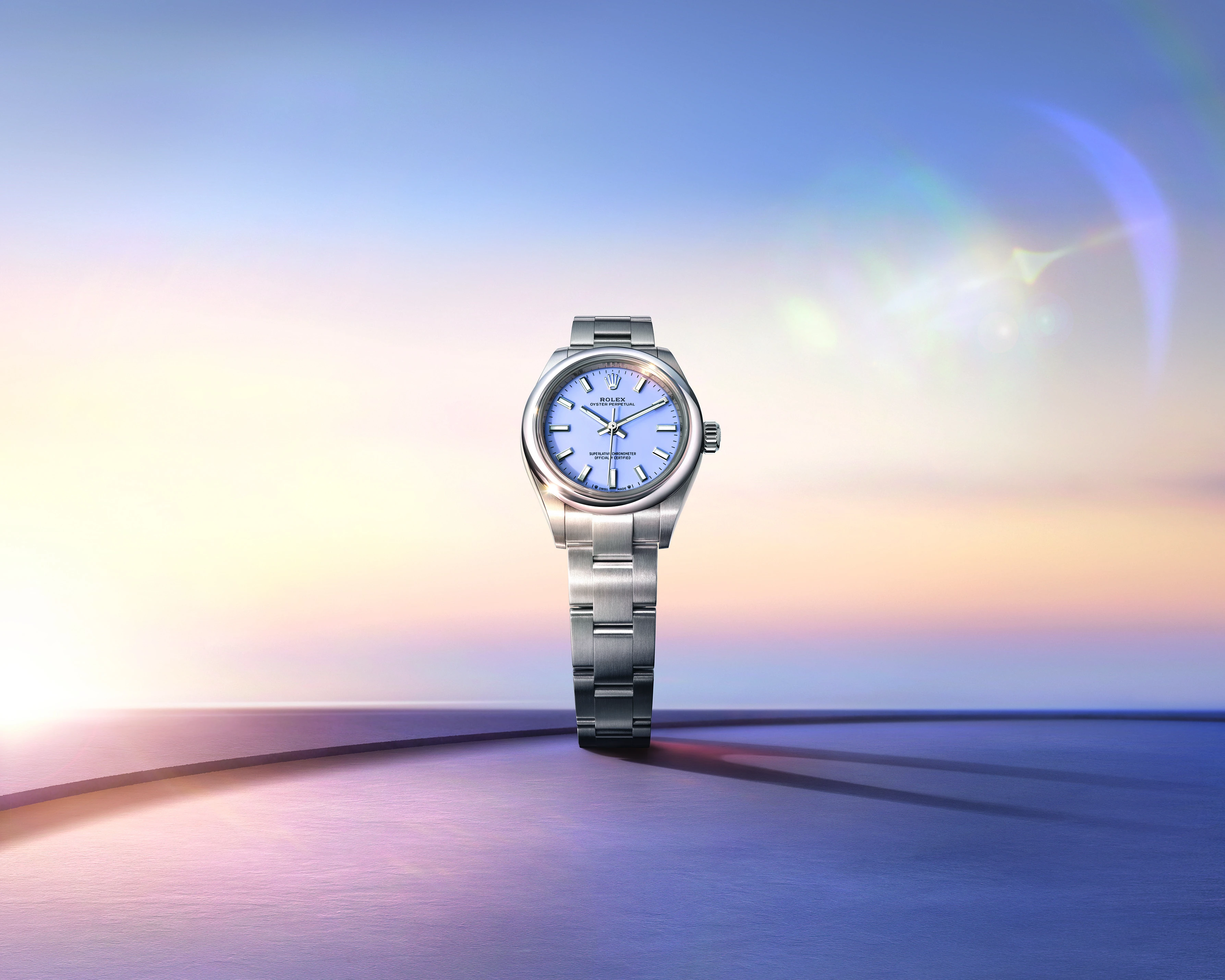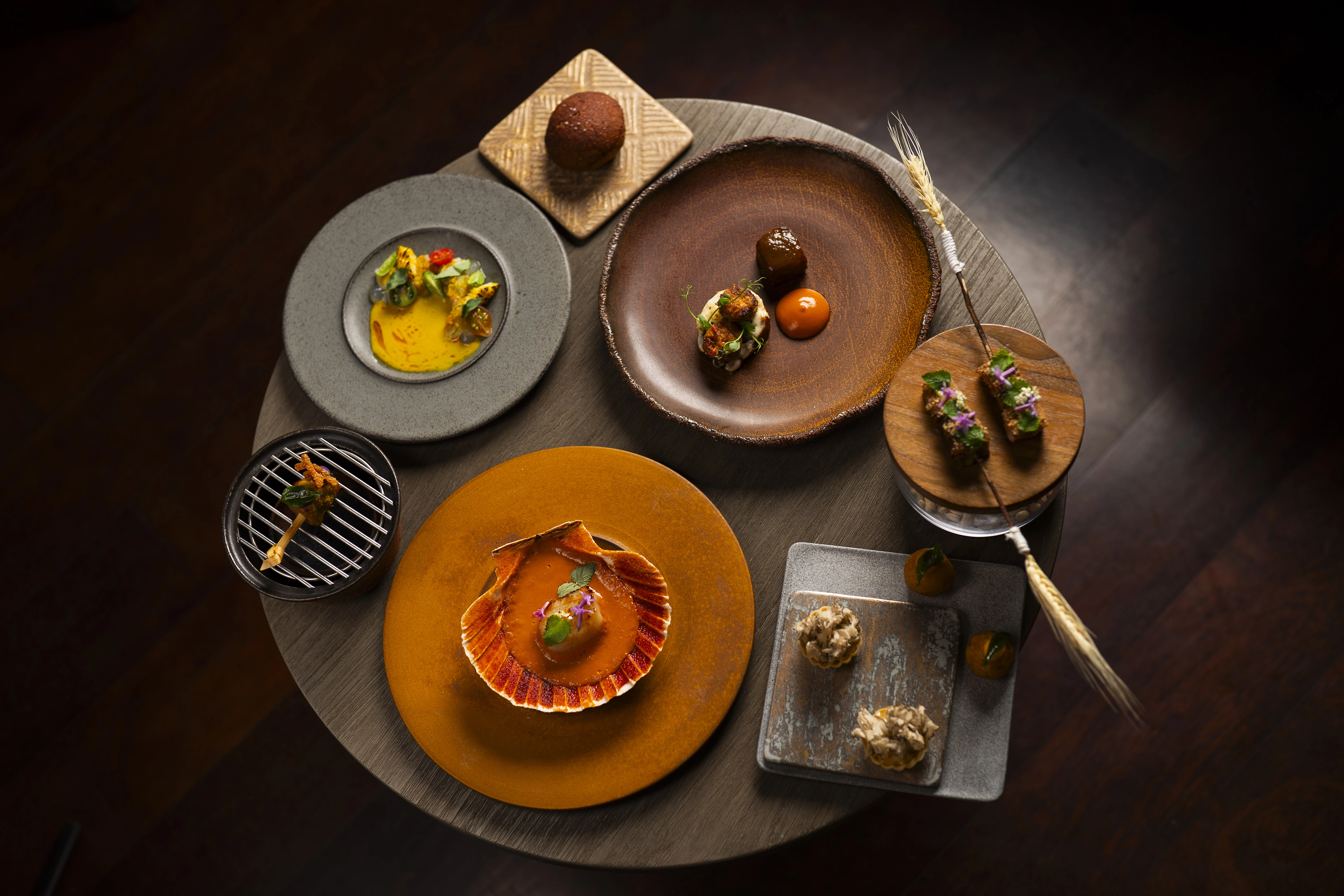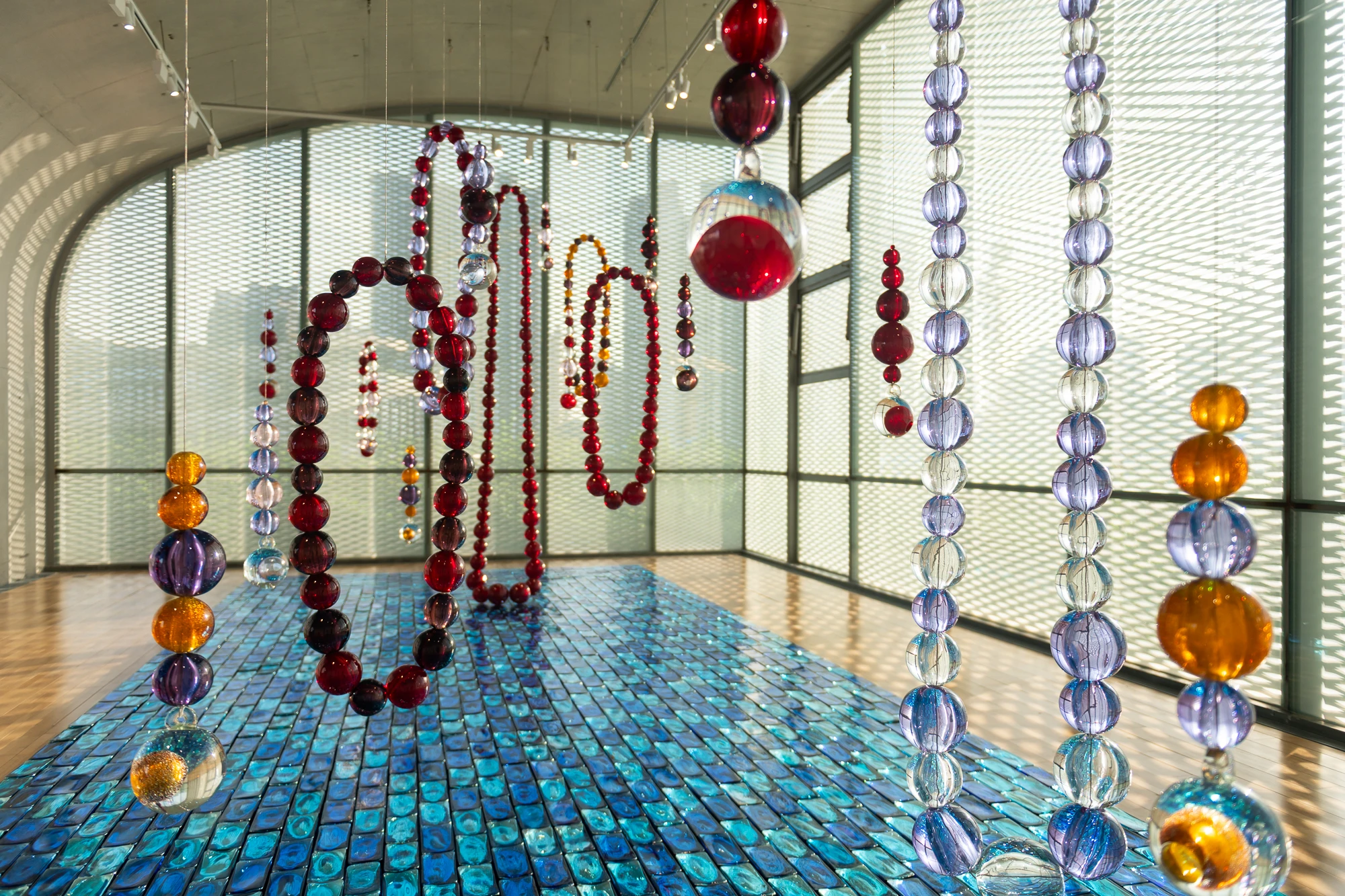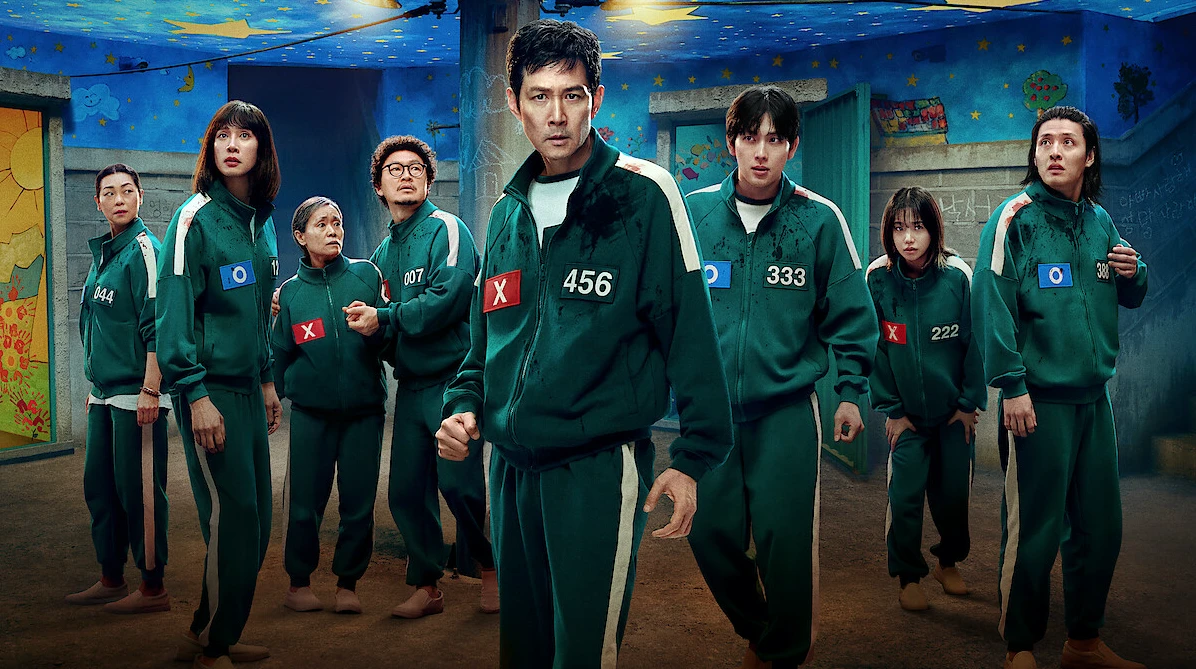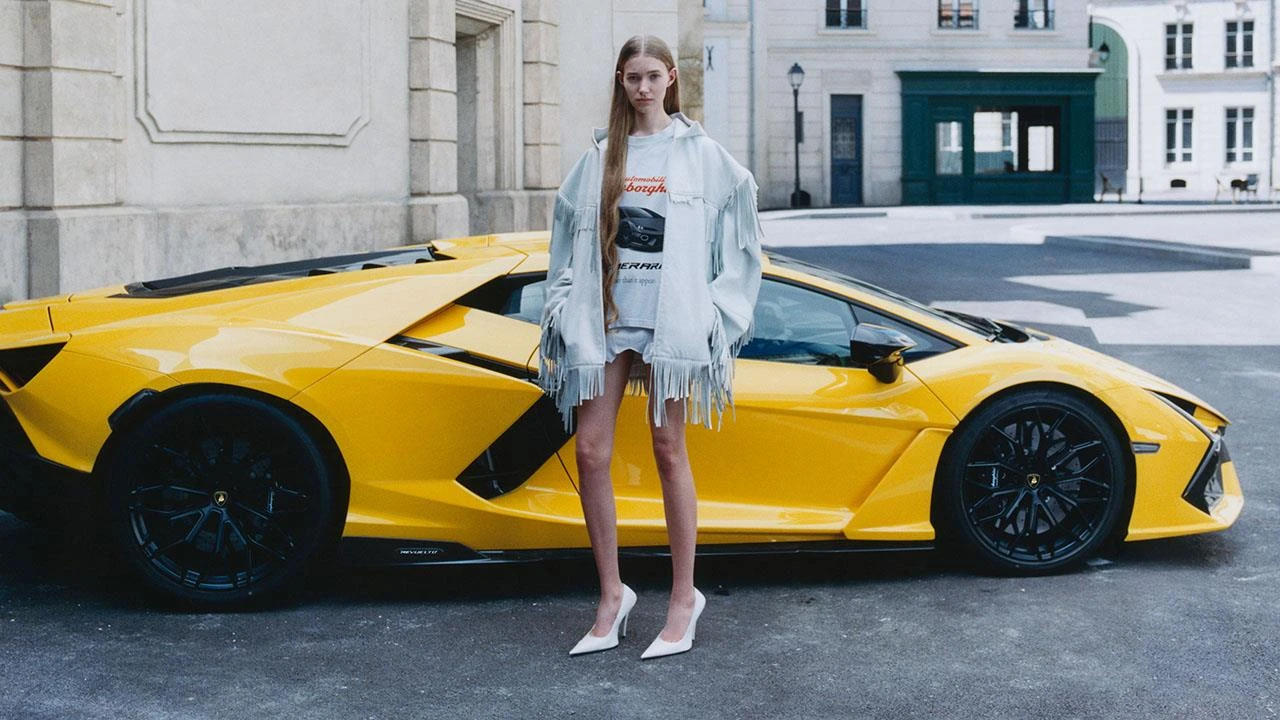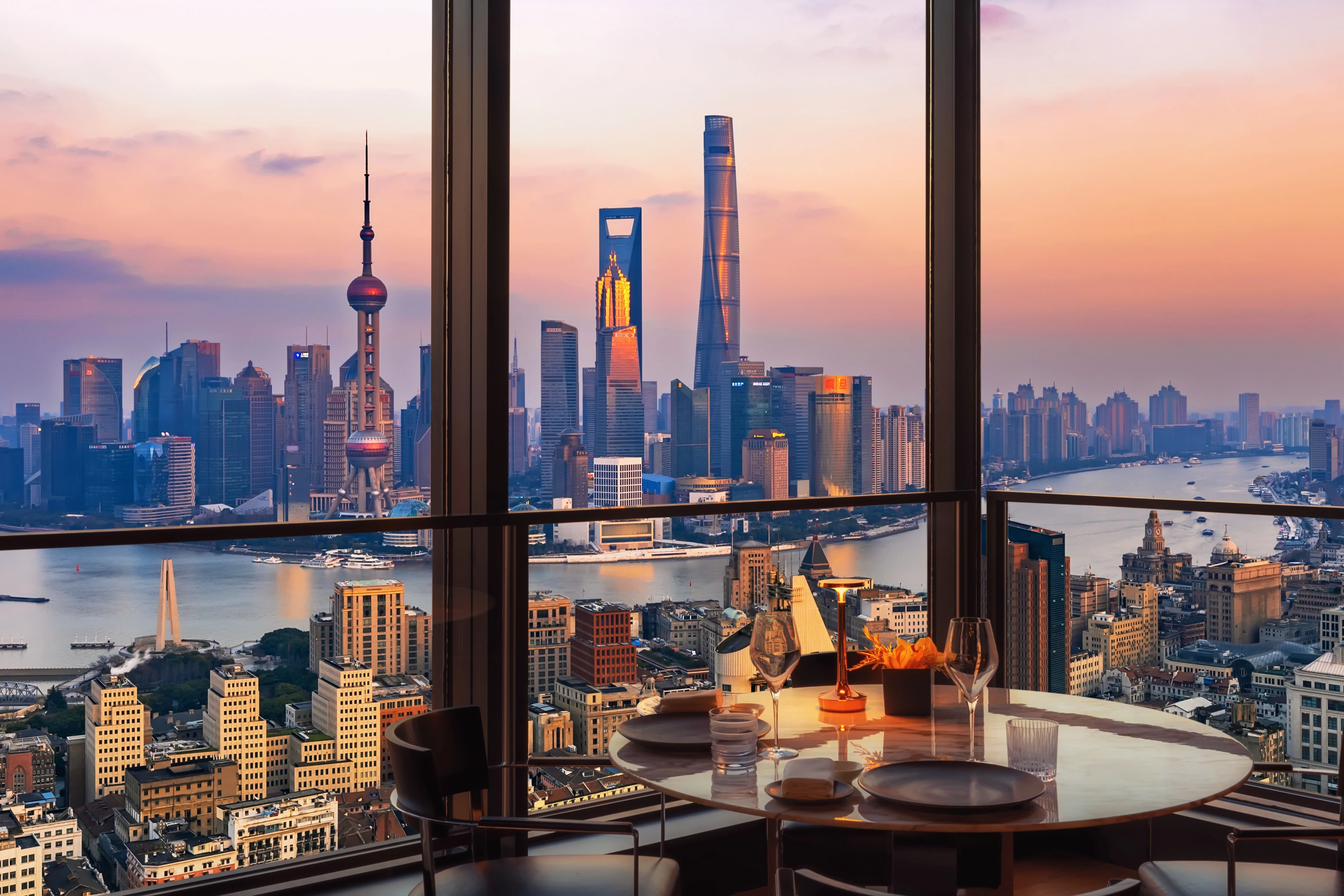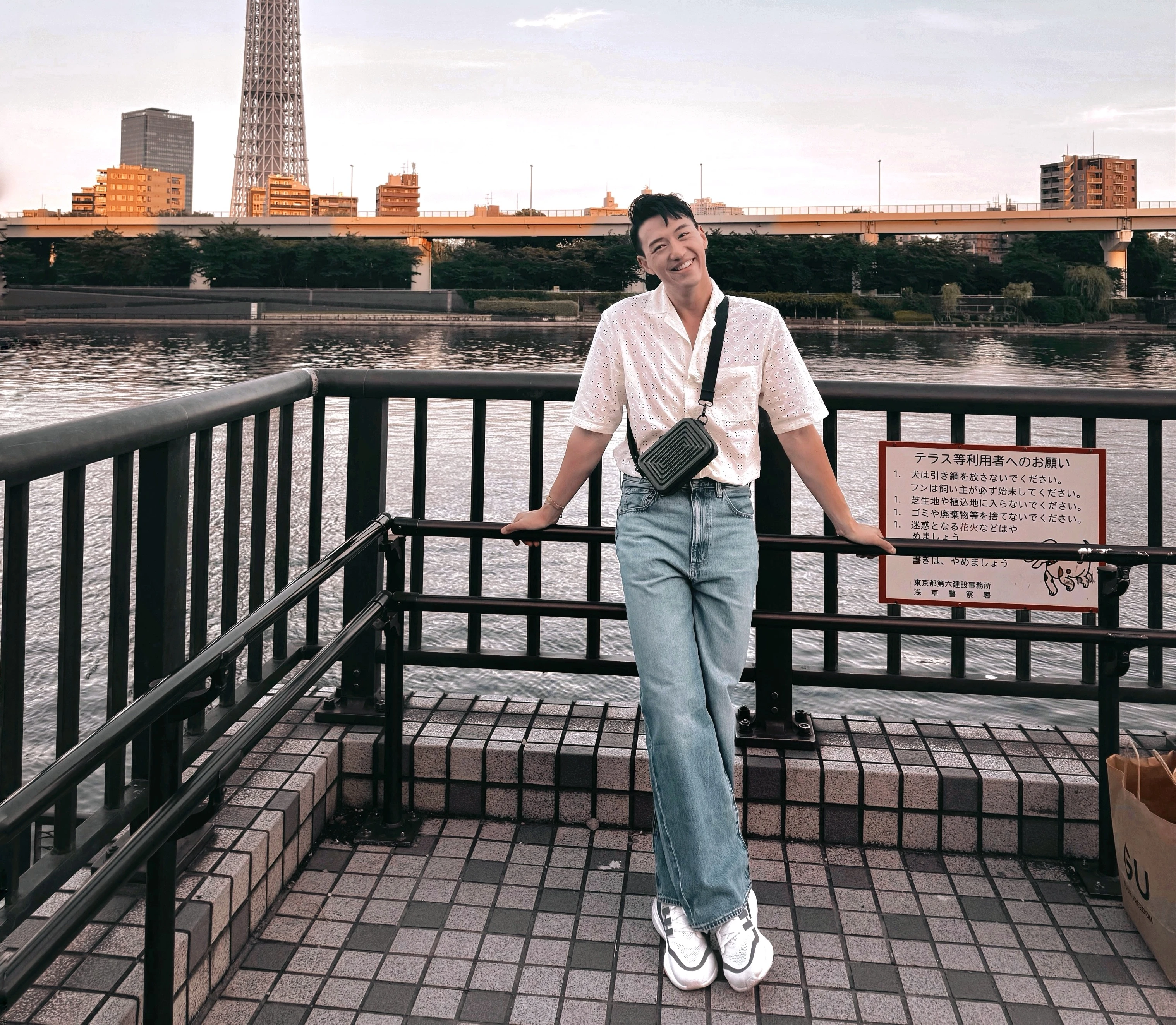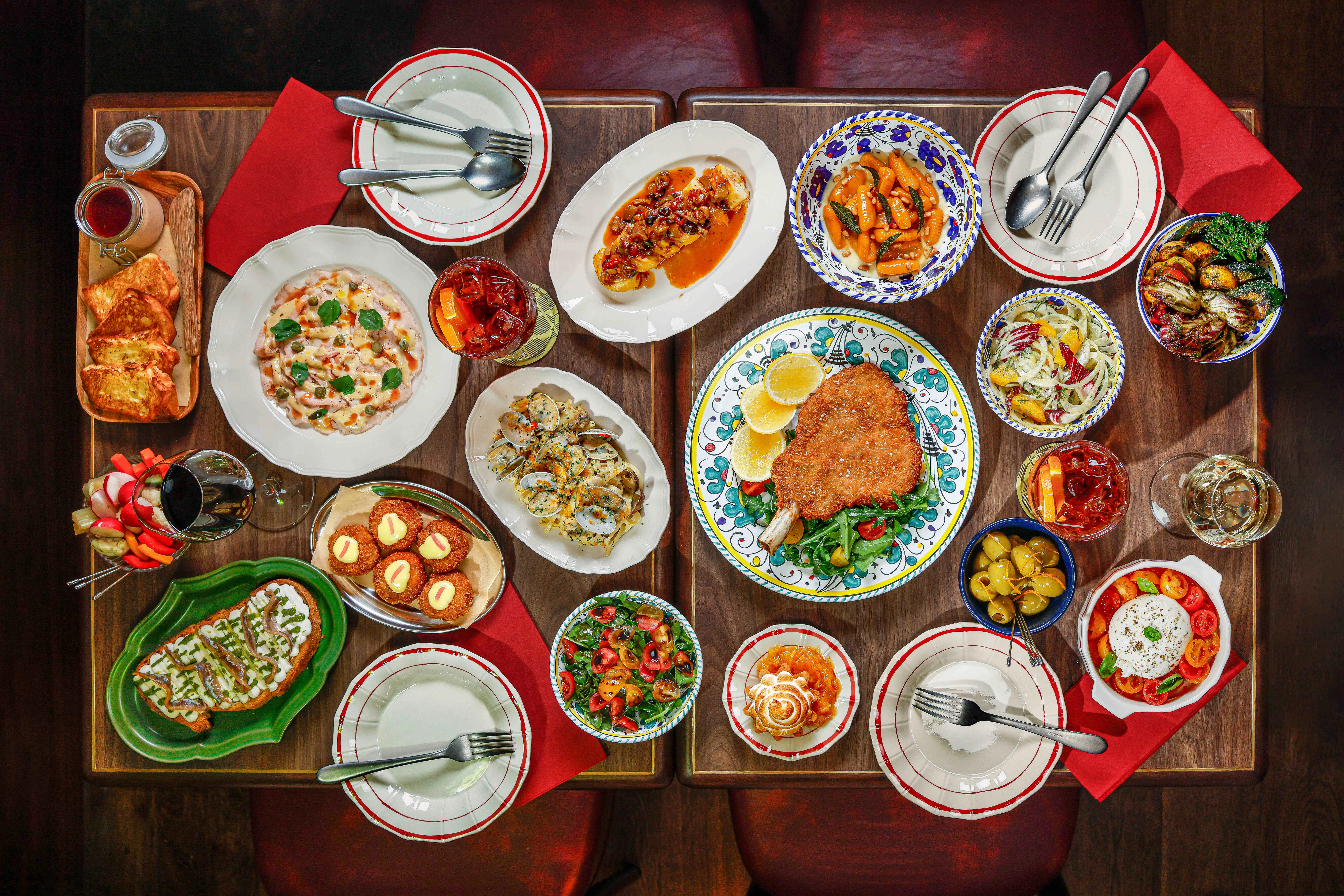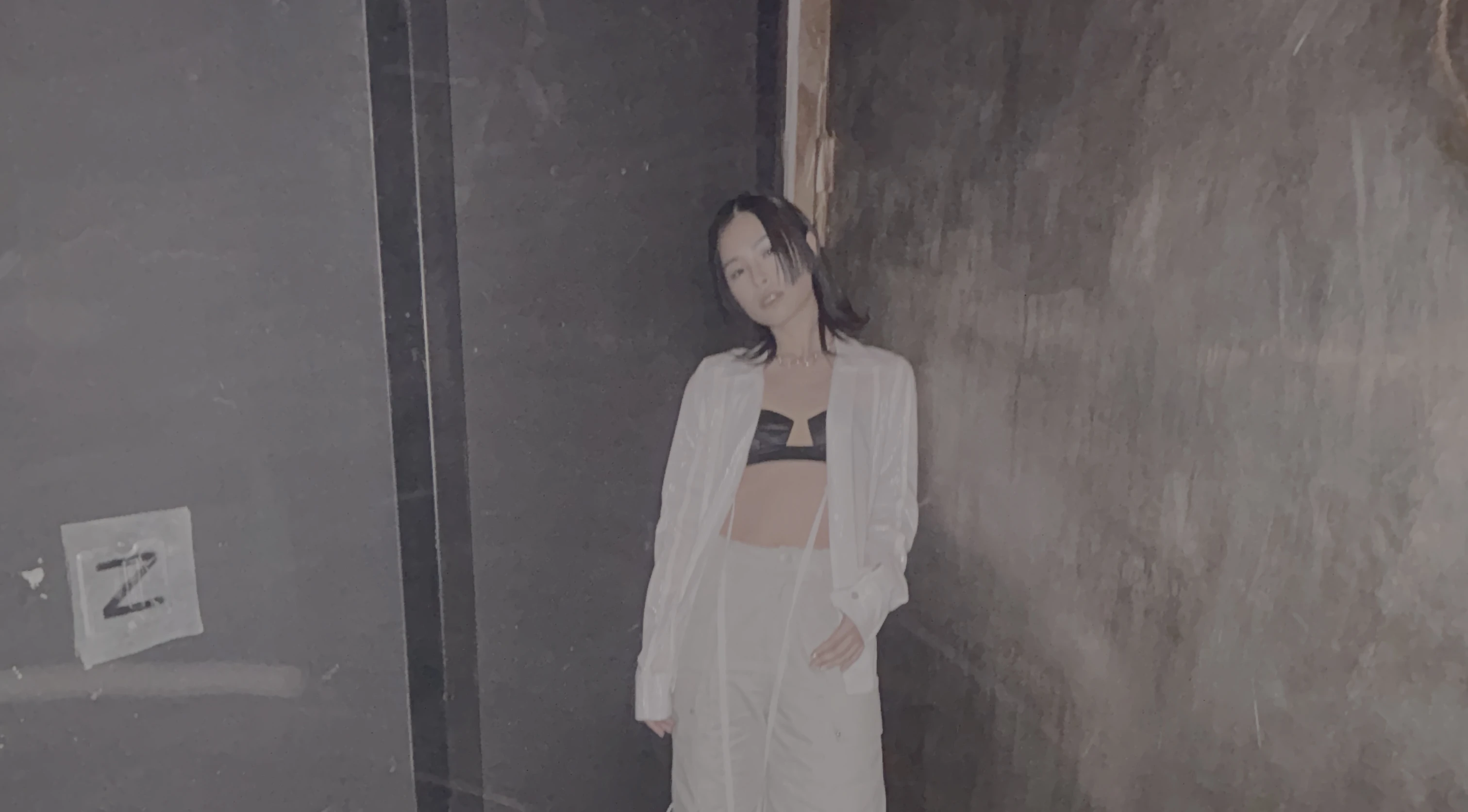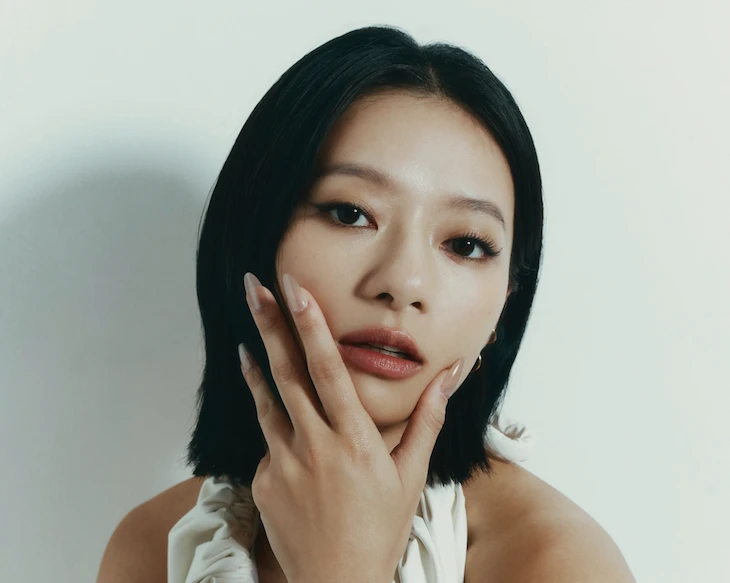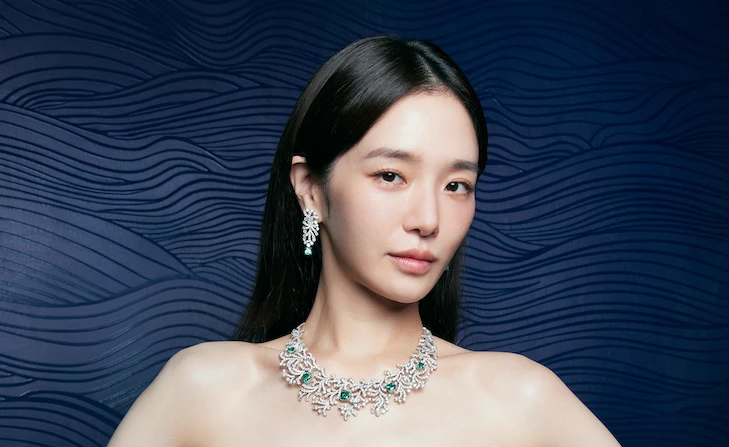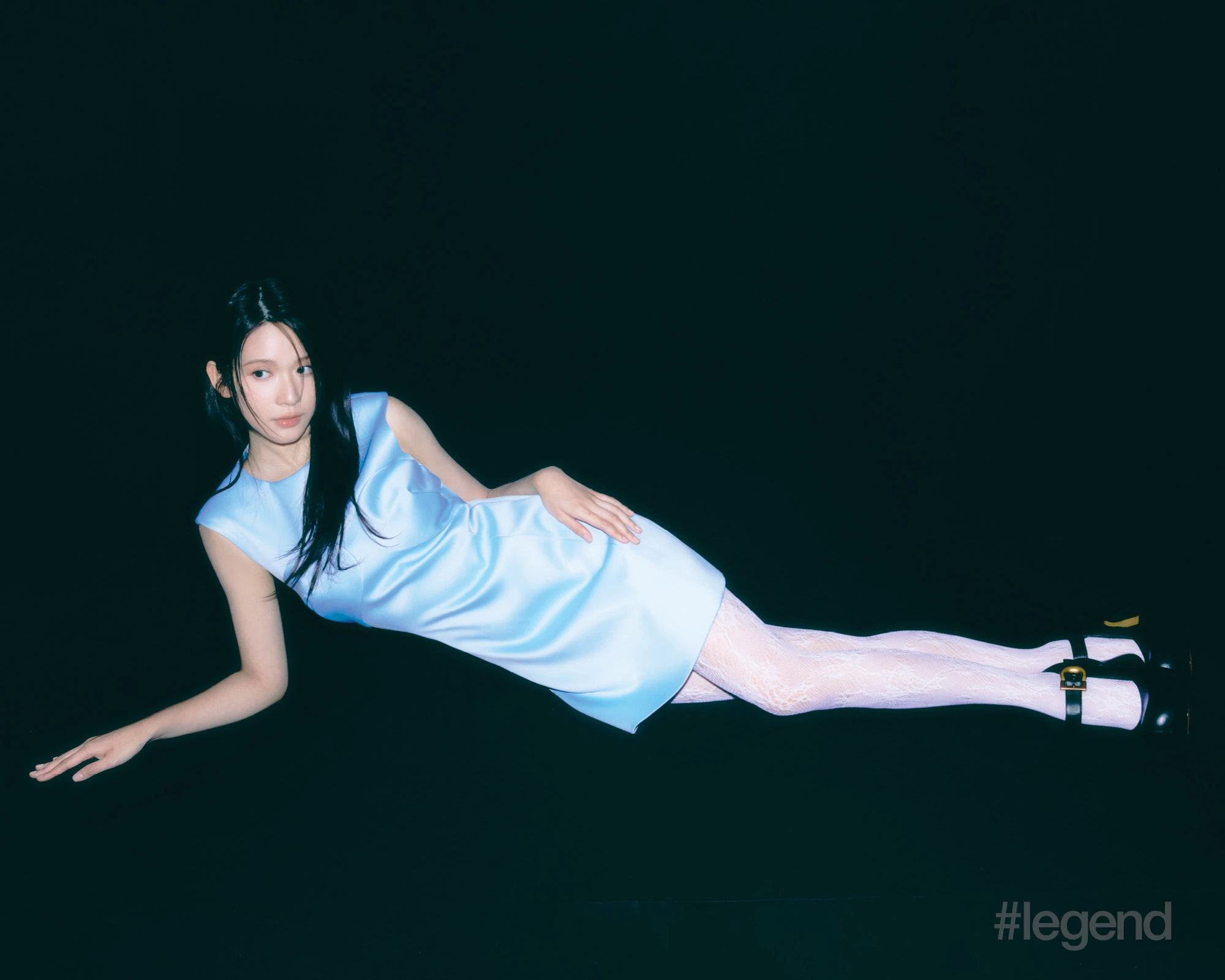Collector Alan Lo on the growth of the Hong Kong contemporary art scene
May 26, 2025
Art collector Alan Lo talks to Jaz Kong about collecting and the growth of the Hong Kong contemporary art scene
Alan Lo, co-founder of the Yenn and Alan Lo Foundation
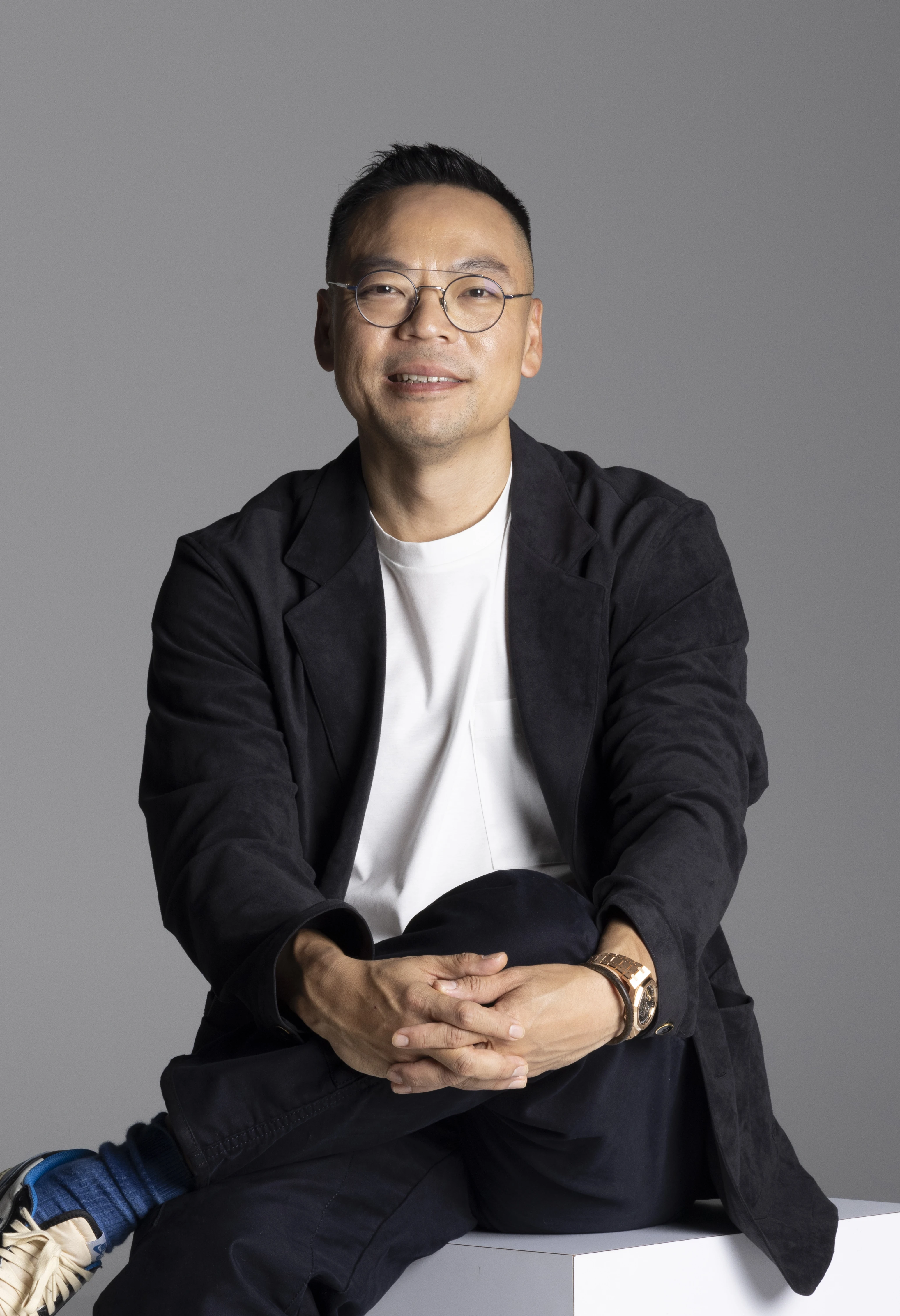
The year was 2013, and the month was May. Two things happened that shook the entire city – the first edition of Art Basel Hong Kong and the opening of famed modern Chinese restaurant Duddell’s, which is still one of the most artsy diners in town with a carefully curated art collection. One of the creative brains behind Duddell’s is Alan Lo, entrepreneur and avid art collector, who believes art should be part of our daily lives.
“I think that in a developed and mature city, art is a fundamental part of life. Hong Kong’s hustle and bustle could be the reason why art used to be neglected. However, when we look at places like New York, London, Paris and Tokyo, art is such a big part of their daily lives,” he says. “Duddell’s mandate is to create a place where people can eat, drink, socialise and learn a bit about art.” Over the years, Duddell’s has shown countless artworks and held numerous shows, including a solo by Danh Vo, whom Lo regards as one of the most significant conceptual artists of our time.
Lo’s contemporary art collecting journey coincides with the growth of the Hong Kong contemporary art scene. Although he was invited to be one of the advisors of Art HK when it launched in 2007, Lo didn’t purchase his first contemporary artwork until 2008. But growing up under the influence of his father, Victor Lo, a legendary contemporary Chinese ink collector, certainly helped shape his aesthetics and point of view in art.
Thinking back to 18 years ago, he says, “Art buyers or collectors mainly focused on contemporary Chinese artists at that time, and it was so hot that it became a bubble. Before the art fairs, the local gallery scene wasn’t very vibrant; this in fact has demonstrated how influential art fairs are. More and more international galleries are brought in through the fairs, and in turn, people are more exposed to Asian art, and eventually, the global art scene. The fairs have helped shape our view on contemporary art, and that’s how my collecting journey started.”
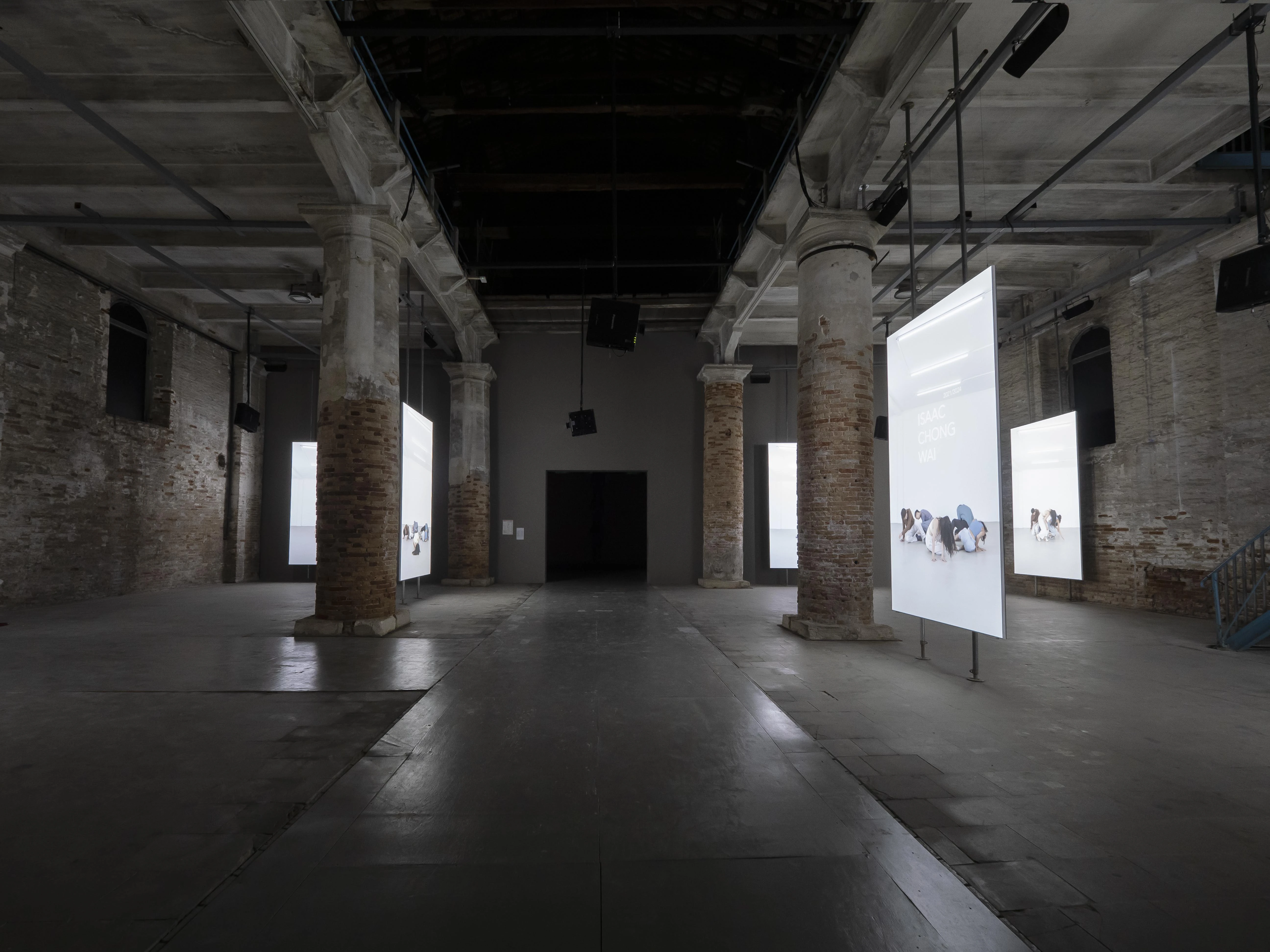
If Lo’s collecting journey is a road, it is one with many detours. “Instead of having a focus or narrative to my collection, for the longest time I’ve just been exploring,” he says, joking that he’s a shopaholic. “I spent a lot of time looking into different categories of art, different artistic practices, different forms of art such as video, sculptures and even NFTs. What was driving me for the first 10+ years was curiosity; it wasn’t until about three years ago that I started to spearhead my attention to transnational or diasporic art.
“The Chinese translation of ‘diaspora’ is a bit sad, but it might have been true for the past generations of Asians who were forced to move to another country due to war. Over the years, some might have gone overseas to study, or some are brought to other places to continue their artistic journey. I think I relate to them a lot because of my own experience as someone who studied abroad and came back to Hong Kong. Hence, I’m curious about how Asian artists continue with their practices in the US or Europe. For the past three years, this has been my laser focus and I want to pay 120 percent attention to it.”
Also see: Patrick Sun on collecting and supporting queer art
Through collecting artists with a transnational background, or working around such a topic, Lo hopes to bring more awareness to this theme. “In recent years, female artists or African artists have been on the radar,” he explains. “I do hope that, internationally, transnational artists can gain more exposure. Take the US as an example. The Asian community is in fact a huge community, and it almost doesn’t make sense
not to see Asian artists’ works or Asian curators’ projects in a museum.”
Lo admits he wouldn’t have been keen on this theme a decade ago. But, he says, “The quality of the artistic practices and the kind of attention and the support they’re getting from institutions and museums are on the rise. Some are working with top-tier galleries, and more of them can be found at the Venice Biennale.”
Apart from being a passionate collector, Lo is an advisor to various international institutions through groups such as the Tate Asia Pacific Acquisition Committee. Is diasporic art his personal interest, or does he wish to bring it to the table of the museums? “I believe providing representation is a first step. When we talk about the diversity of an institution, it is to reflect our society’s dynamic. I’m honoured to be joining the teams, and I’ve been learning a lot from the top-notch museum teams, curators and museum directors.”
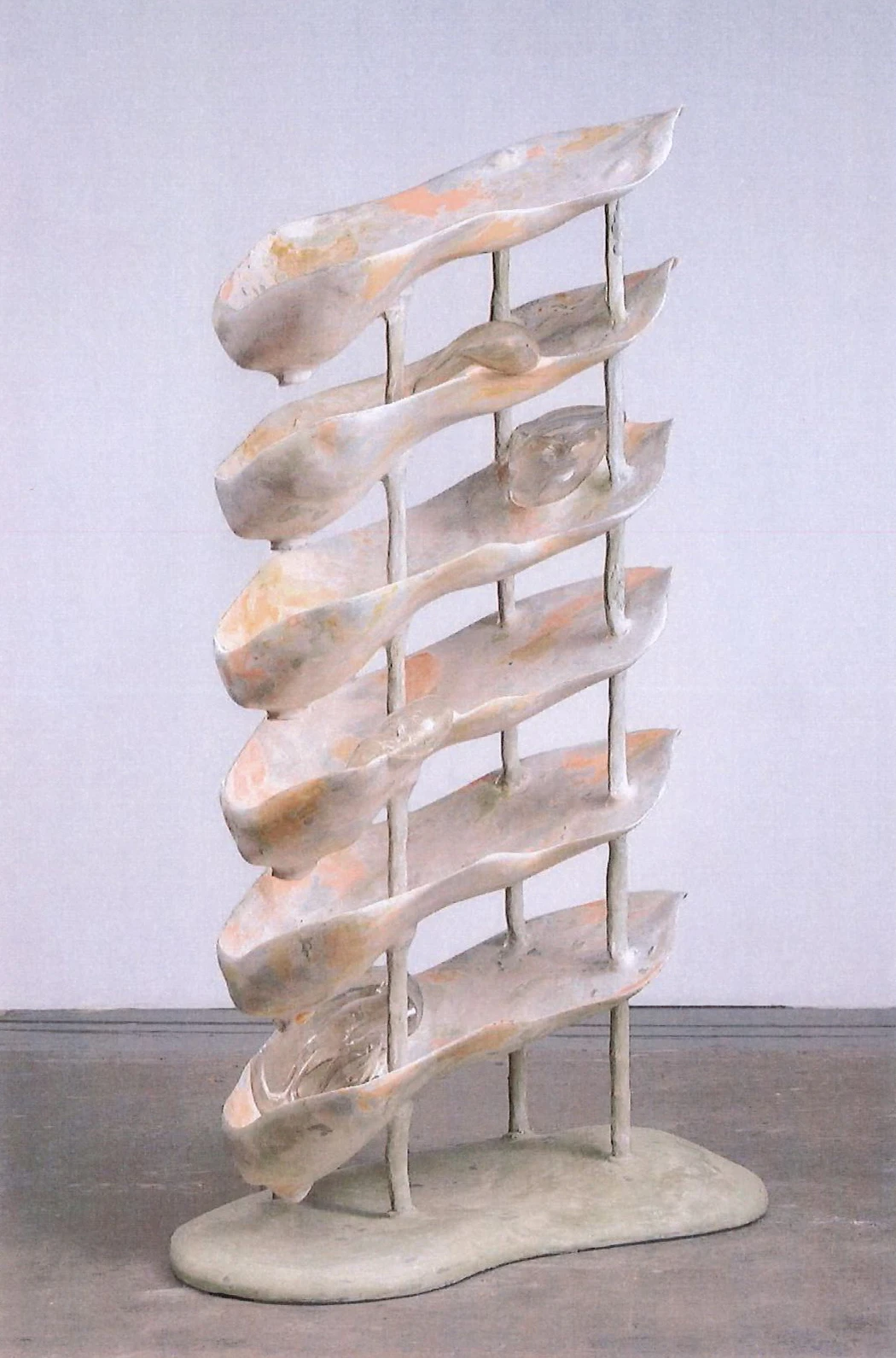
Indeed, while institutional work is important, Lo believes another way to directly support the art world is to buy art. “Let’s come back to the basics first. The most direct way to support the ecosystem is to purchase artworks from galleries, so as to put money in the artists’ banks through the primary market. I believe Hong Kong has a very strong and supportive collector community. First, there is a critical mass where there are enough collectors in the scene. With ongoing and very active support, it fuels Hong Kong to become such a vibrant art world. This is more effective than any other government funding.”
Apart from his monetary contribution to the Hong Kong art scene, something Lo takes pride in
is his work with Para Site, which named him board chair in February. “I’ve served Para Site for a decade now. It’s amazing how an institution this size can be influential globally. It’s pretty rare to see a humble institution to be well known to curators, artists and museum directors across the globe. Our duty is to provide a platform, and a lot of artists who have shown with us were glad to have their first solo in Asia, and we are pleased to see our shows travelling to other museums such as MoMA PS1 and Rockbund Art Museum.”
Lo admits that buying art for himself versus for museums and institutions can be very different, yet both are enjoyable. Taking his passion even further, Lo and his wife Yenn Wong established the Yenn and Alan Lo Foundation in 2023 with a goal to “nurture the development of Asian transnational artistic practices and foster dialogue with the artistic community in Singapore and the region.”
The foundation has been the founding sponsor of the inaugural SAM S.E.A. Focus Art Fund to recognise and acquire iconic works of contemporary Southeast Asian Art for Singapore Art Museum (SAM)’s collection for three years. With the partnership coming to a close, the foundation has just announced a new initiative, Kim Association, which is a project space in Singapore with a focus on commissioning and presenting work by transnational artists.
As Lo and his fellow collectors prove, there is no collection too big or too small. Whether one starts out with a clear mission or not, what matters is the journey, not the goal or destination. Eventually, the “why” will follow.
Also see: Art collector William Lim of the Living Collection on his collecting journey


